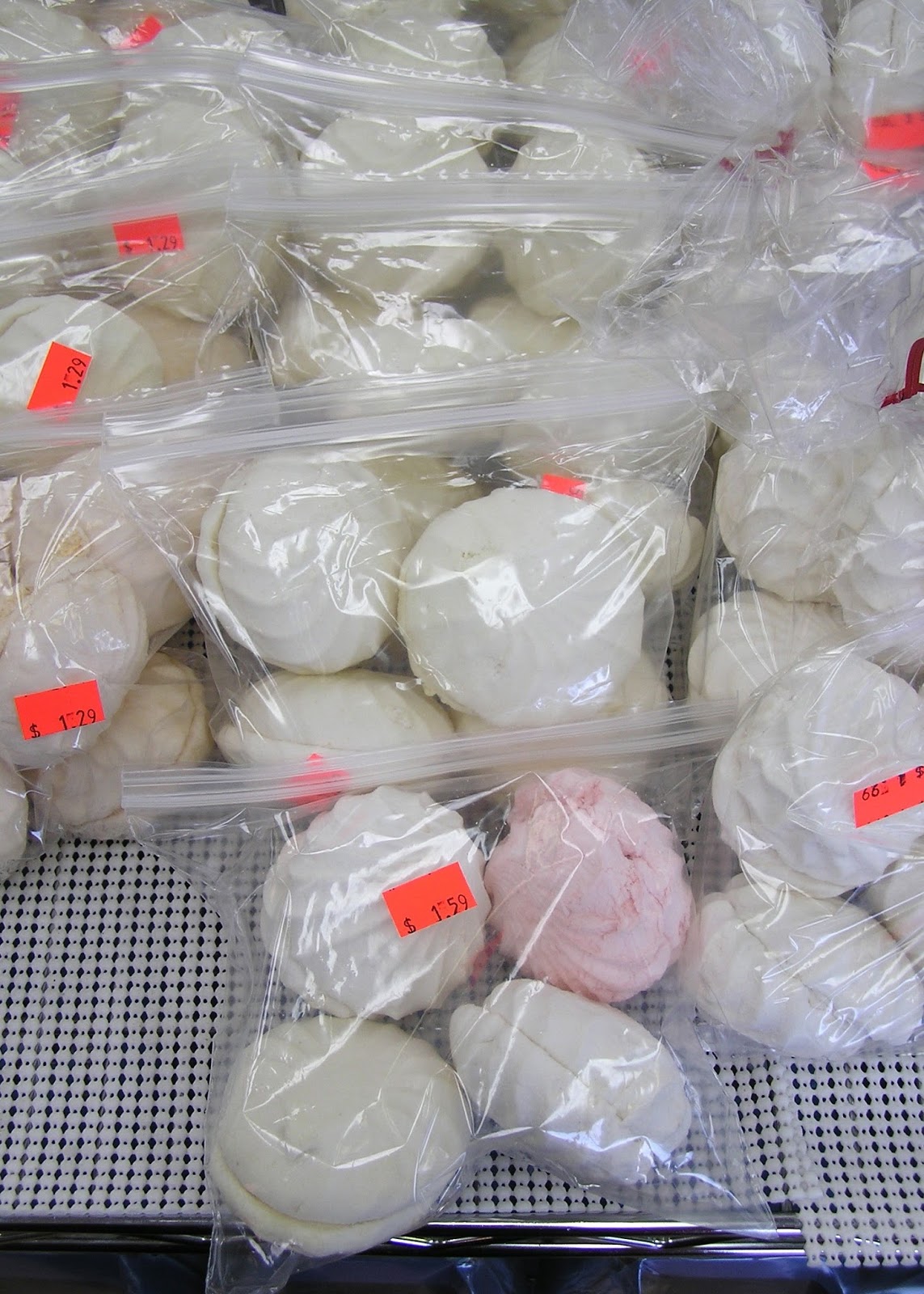Anti-Griddle-Sicles
Rent, gas, parking, clothing, takeout meals...When a clear-eyed look at their finances showed high-flying New Yorkers Wendy Jehanara Tremayne and Mikey Sklar their daily expenses meant they were literally working to work, they opted out. They quit their jobs, moved to New Mexico, and transformed their lives into an ongoing experiment in modern self-reliance. Tremayne's The Good Life Lab documents their discoveries, offering their fellow 21st century pioneers pointers on everything from brewing biofuel to making a dented shipping container habitable.
Their joyful, sensible approach to life off the grid is exemplified by the delicious treats Sklar whipped up during a recent reading. The antigriddle is a faddish kitchen gadget that flash-freezes foods placed on its surface and can cost more than $1000. Tremayne and Sklar's version is a garage-sale cookie sheet set atop a block of dry ice. For a frosty treat, just tag a toothpick with a mixture of heavy cream, sugar, vanilla, and balsamic vinegar and give it a minute or two to set up.




































